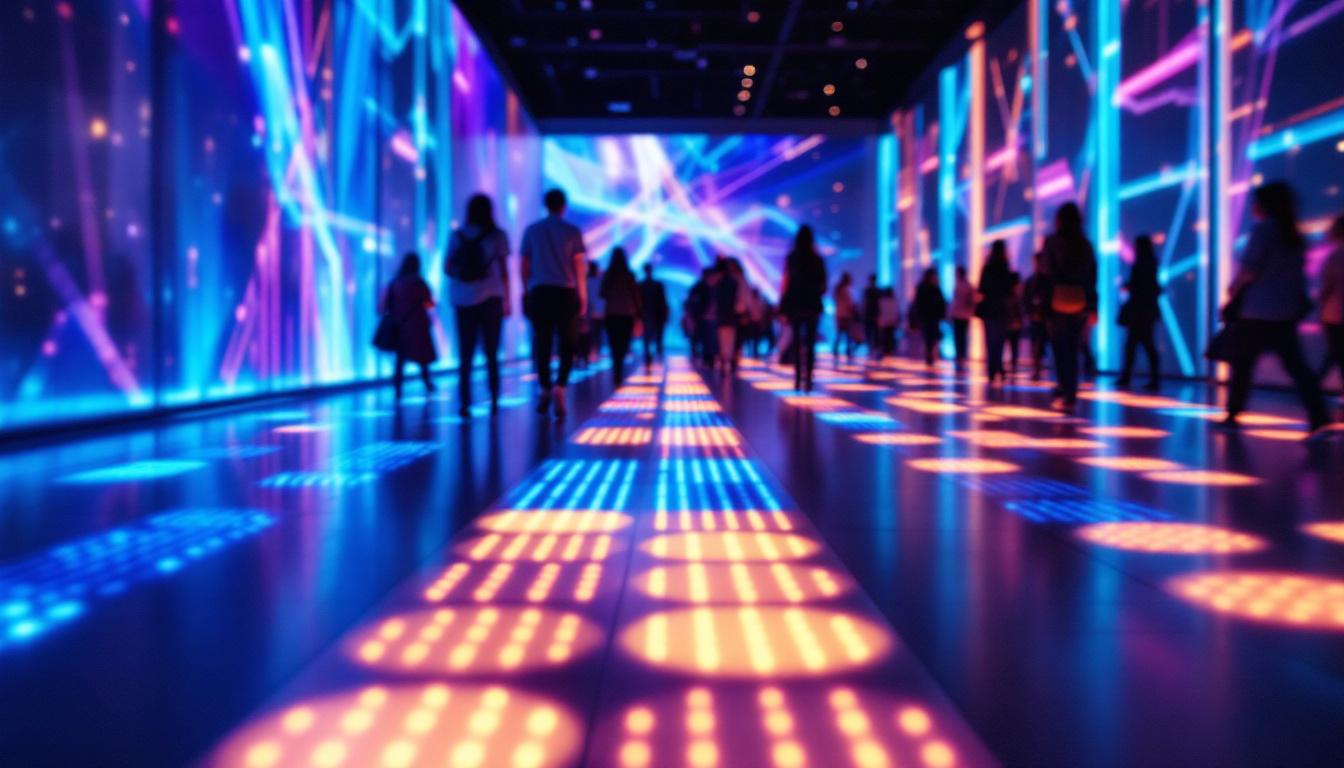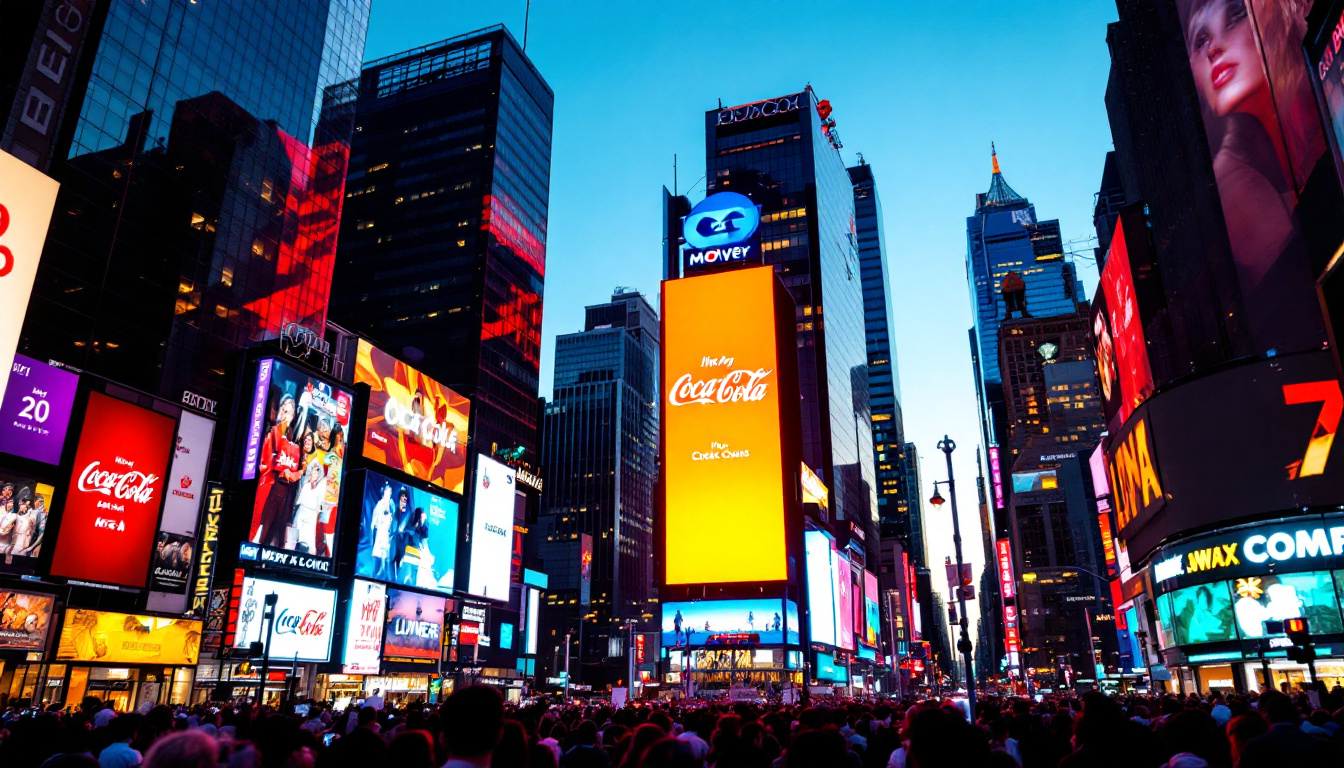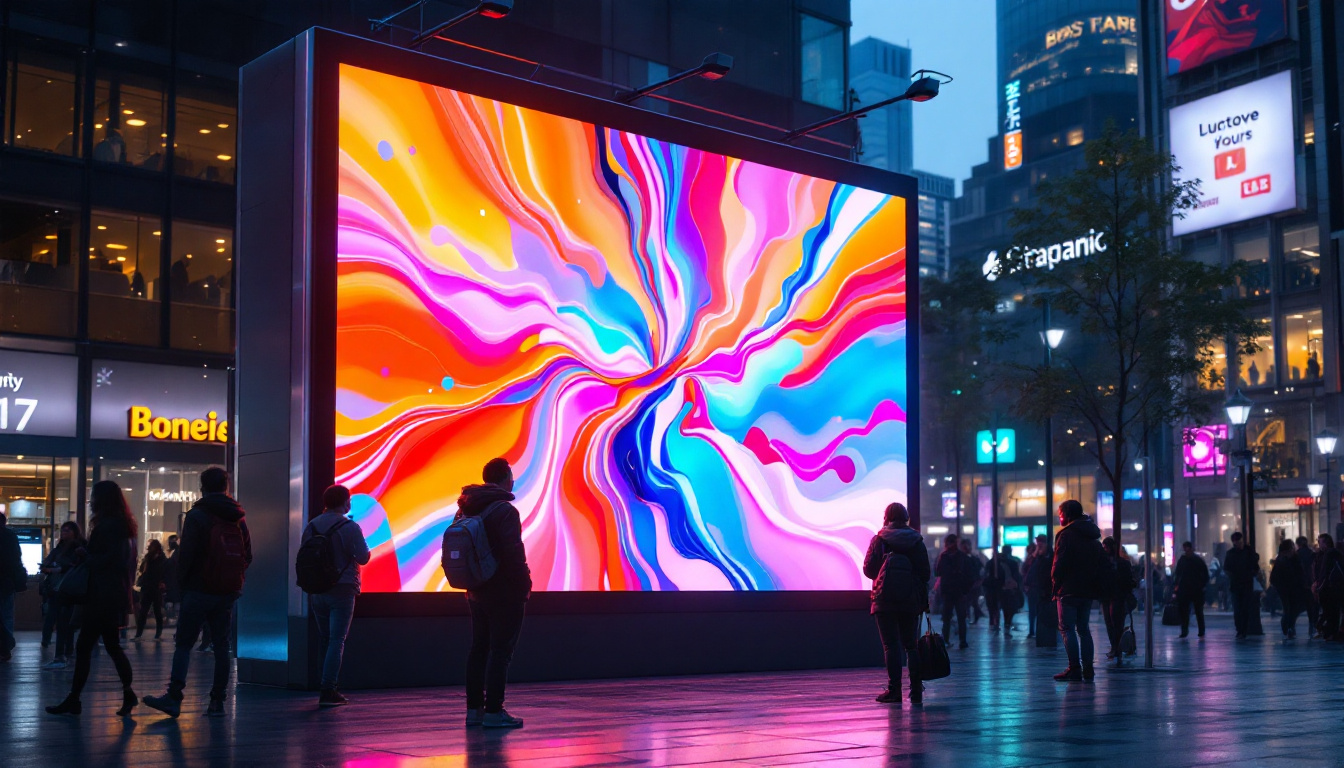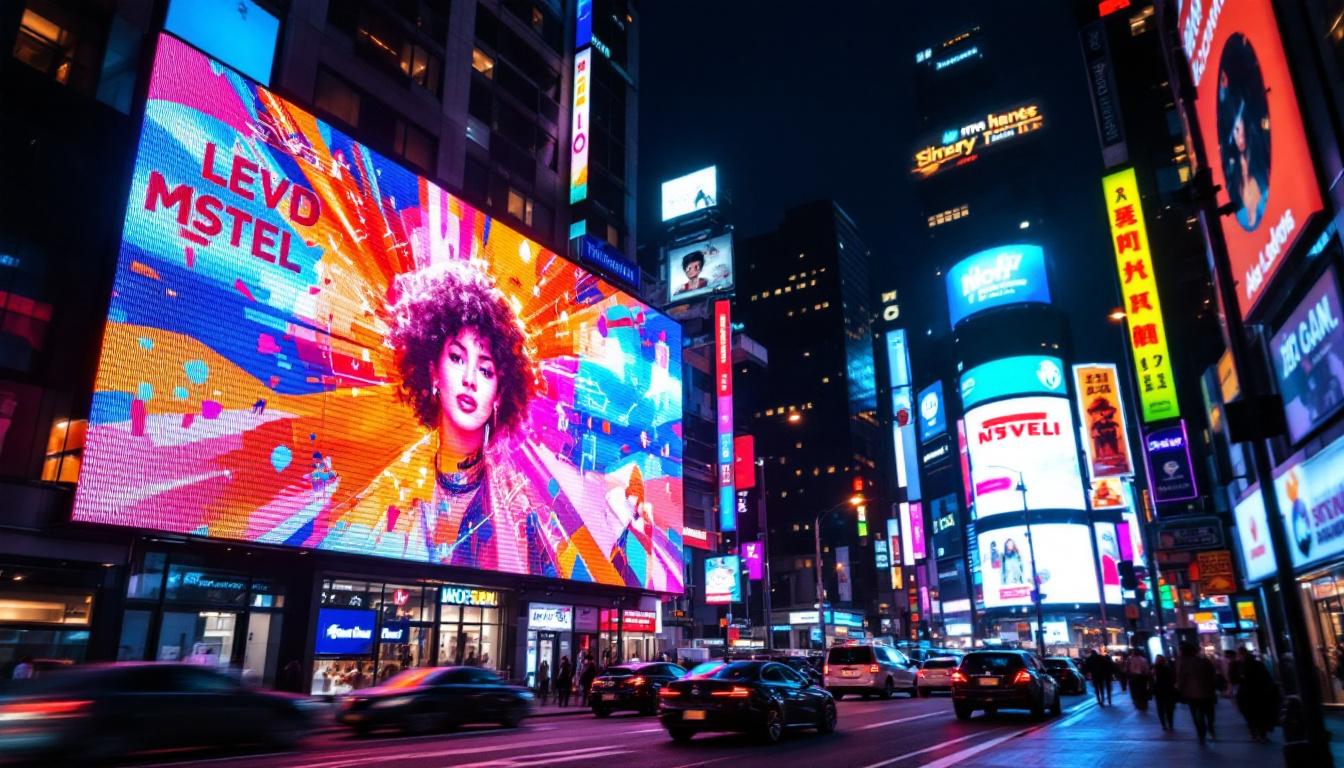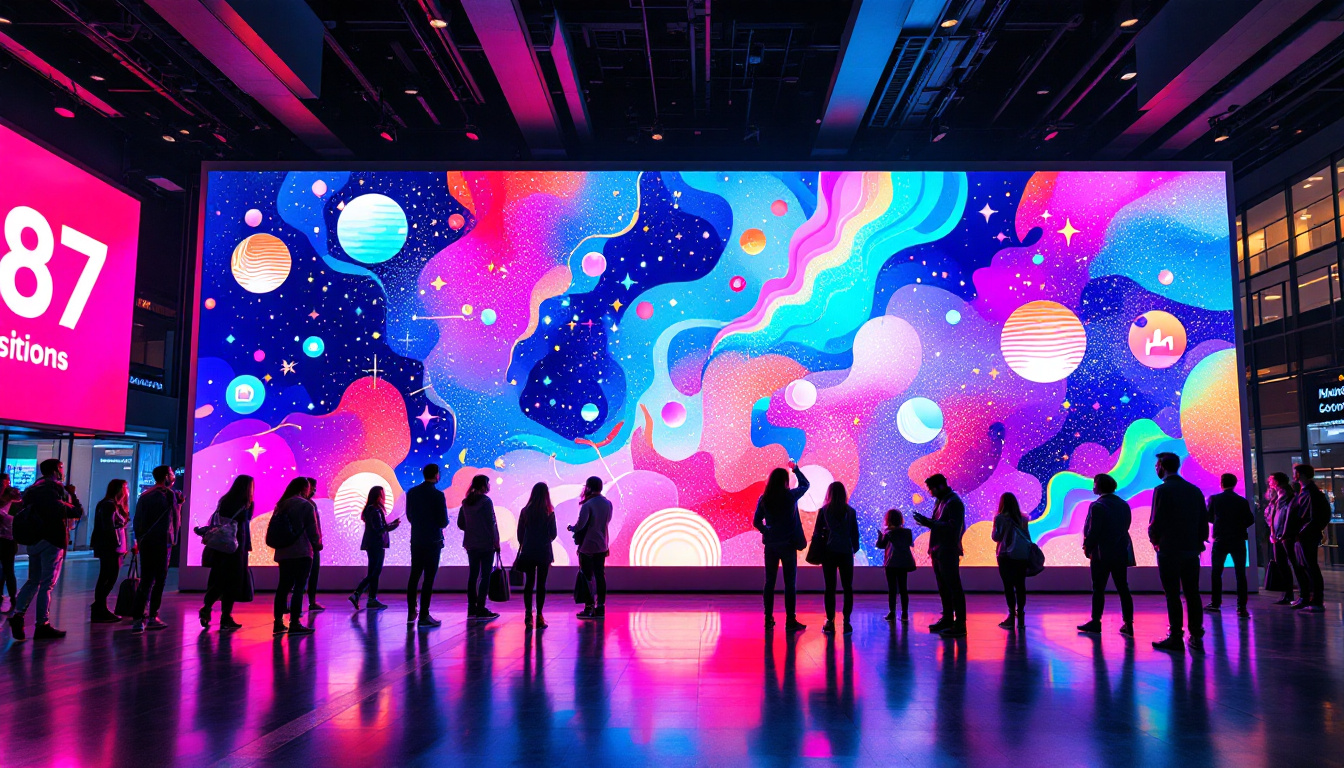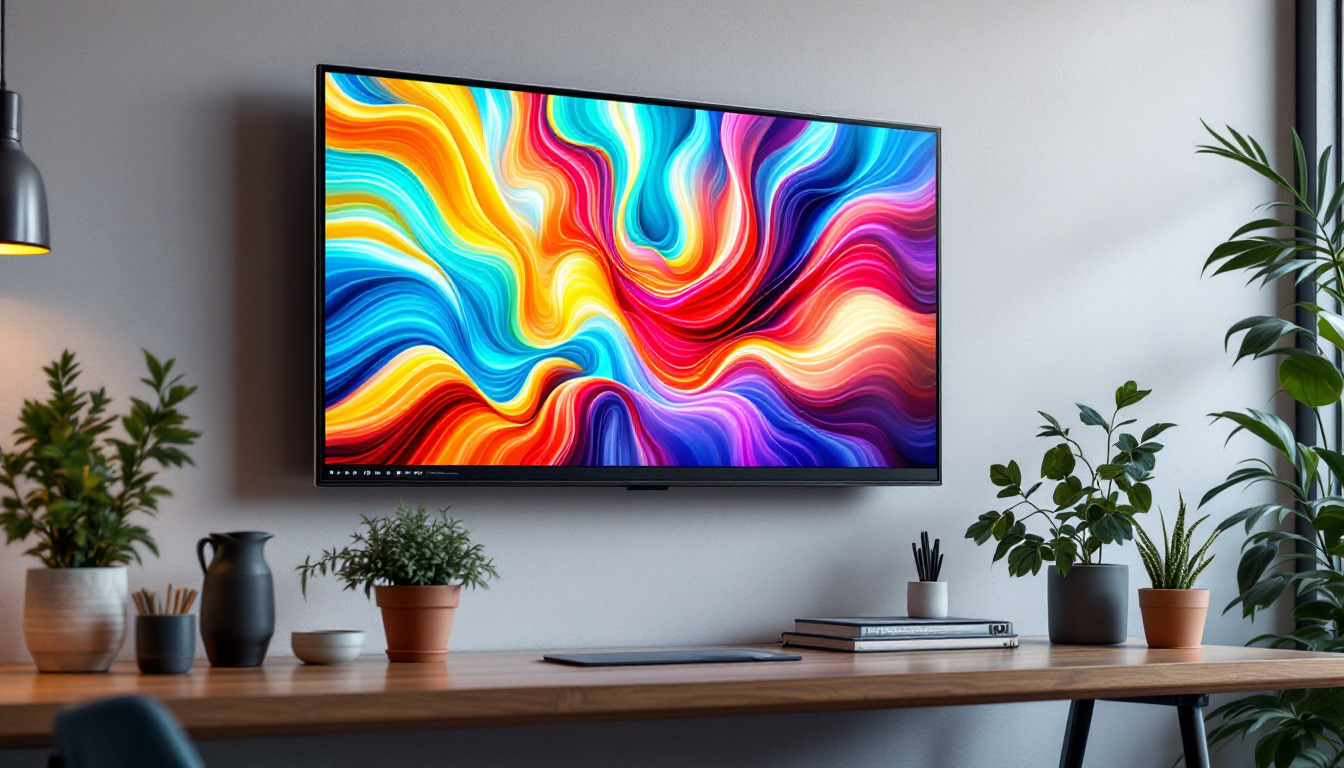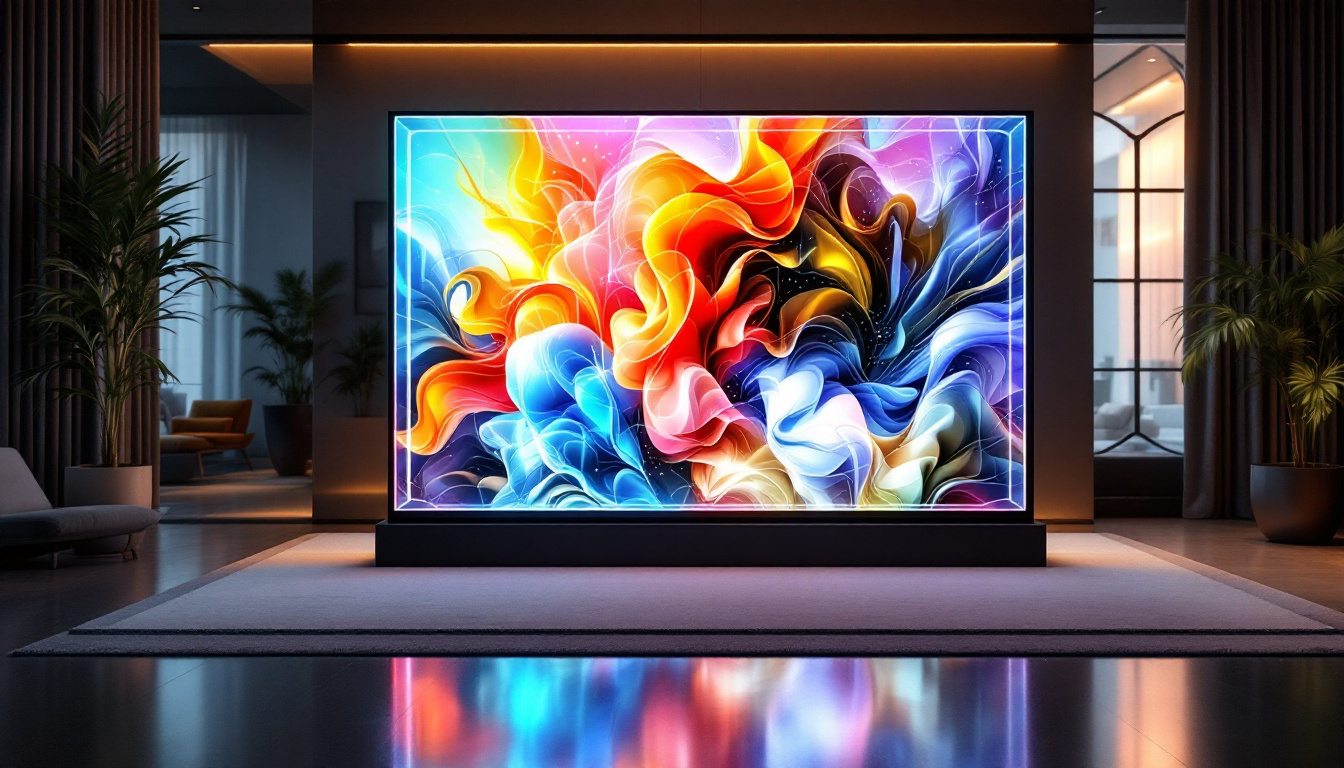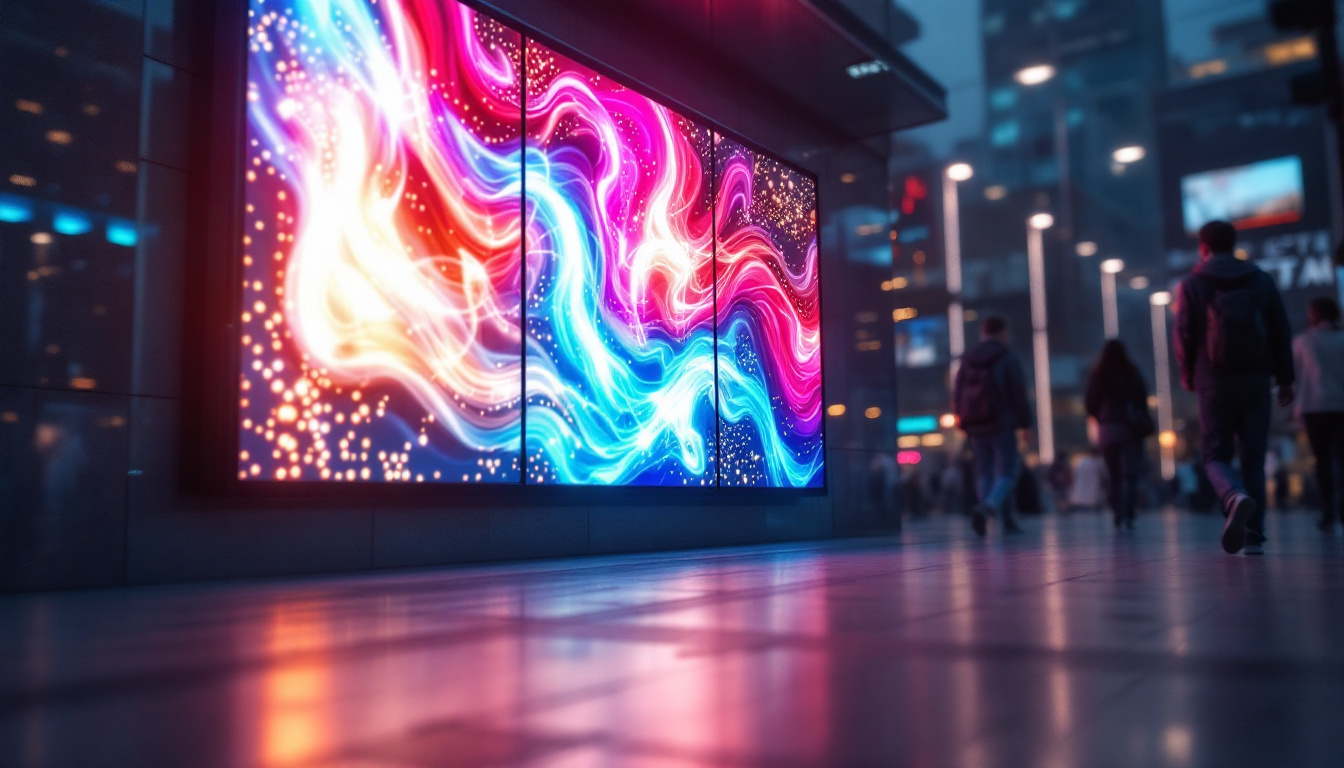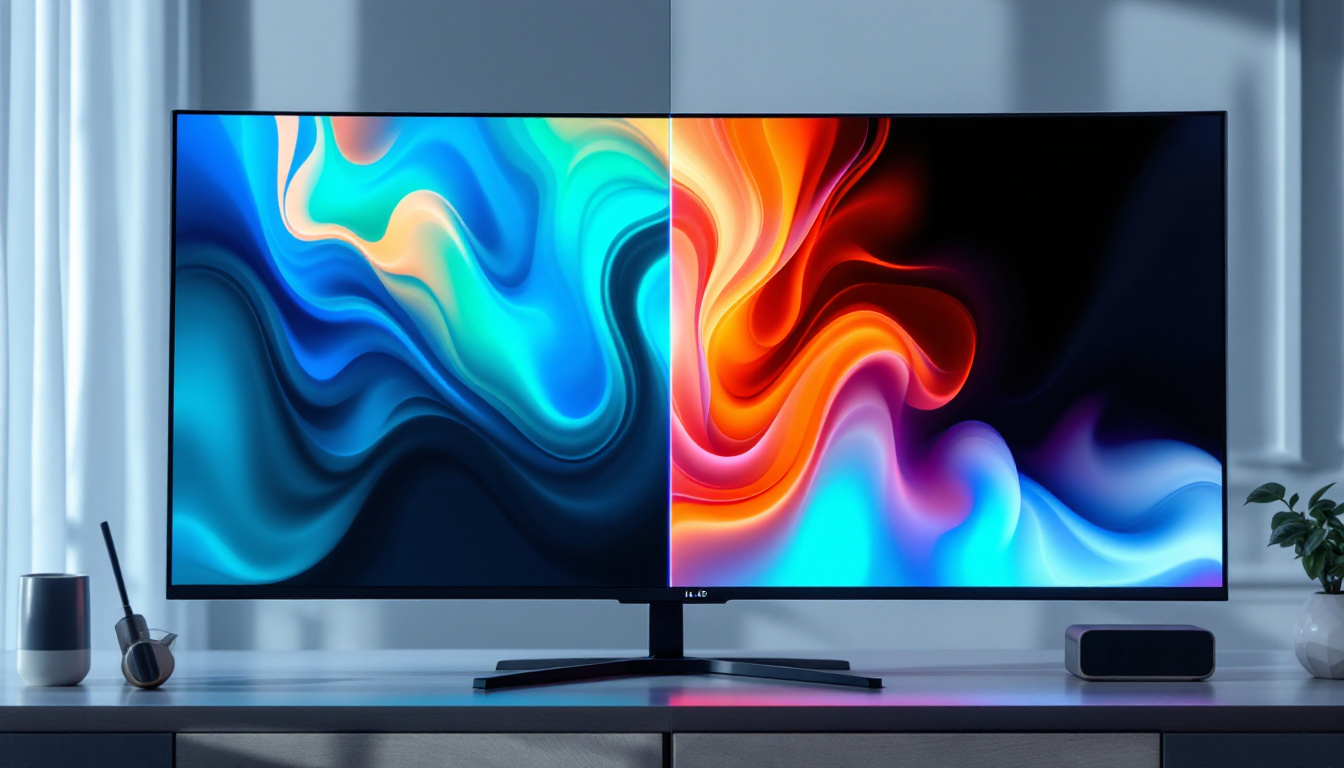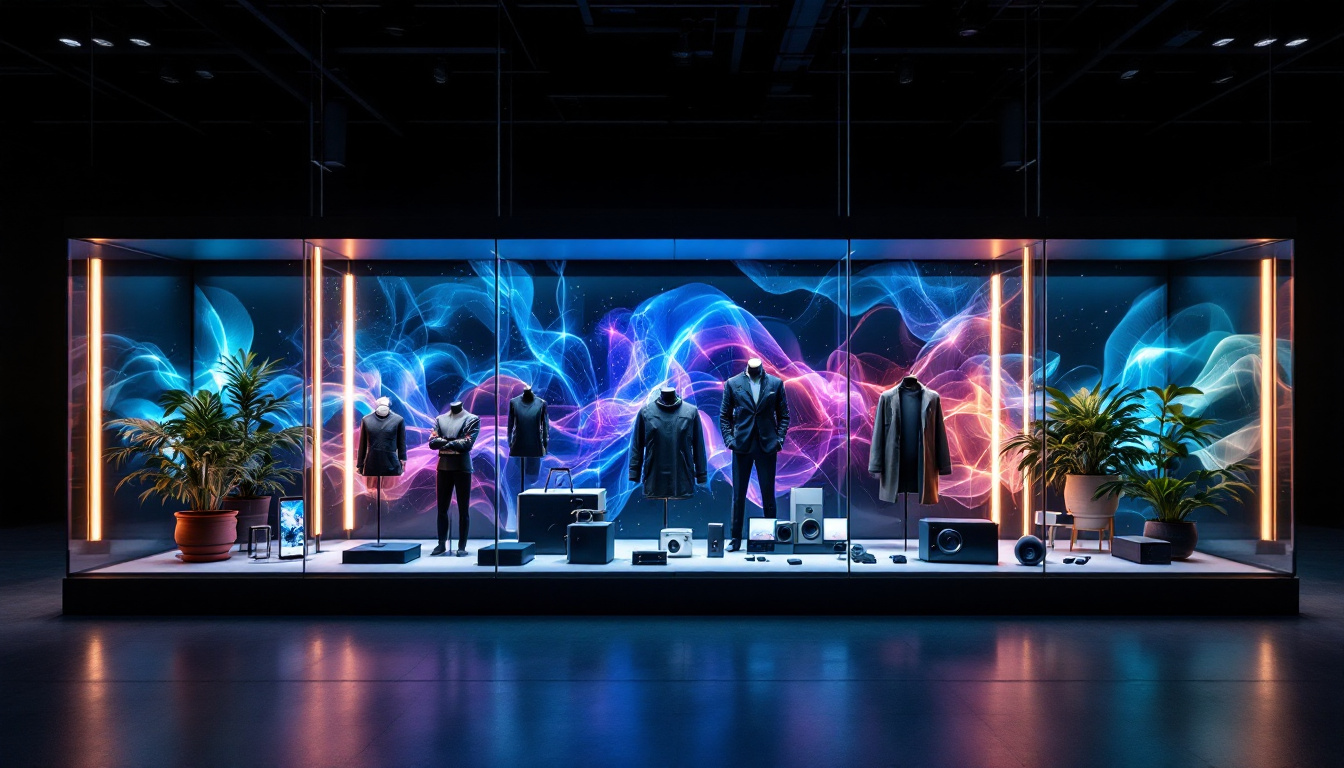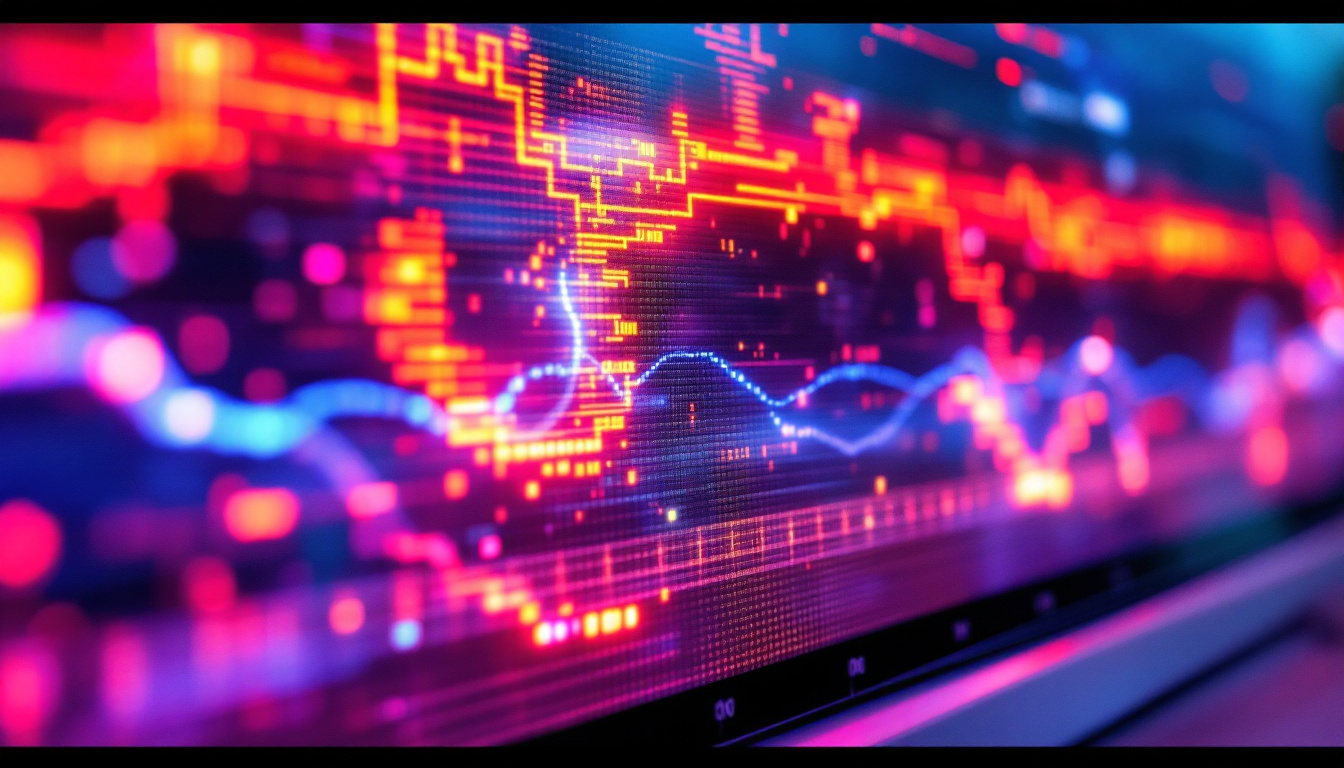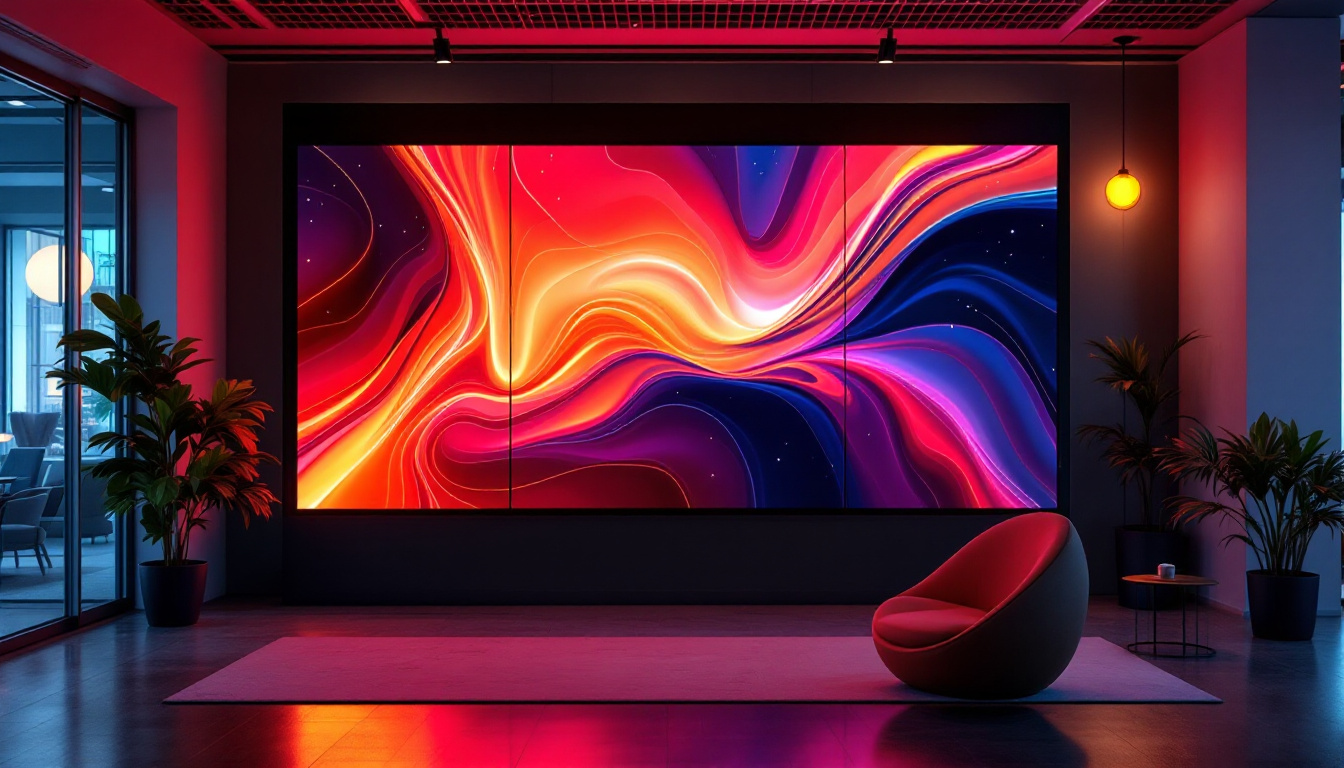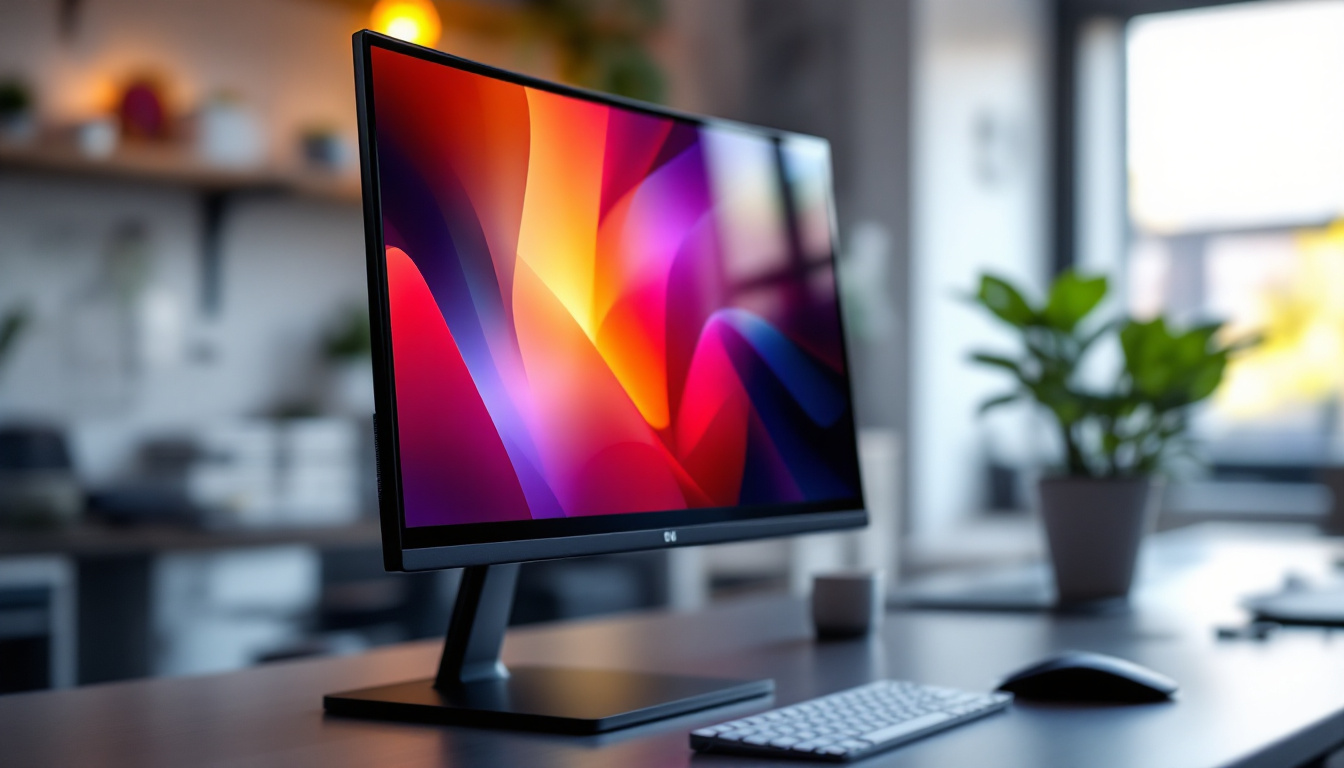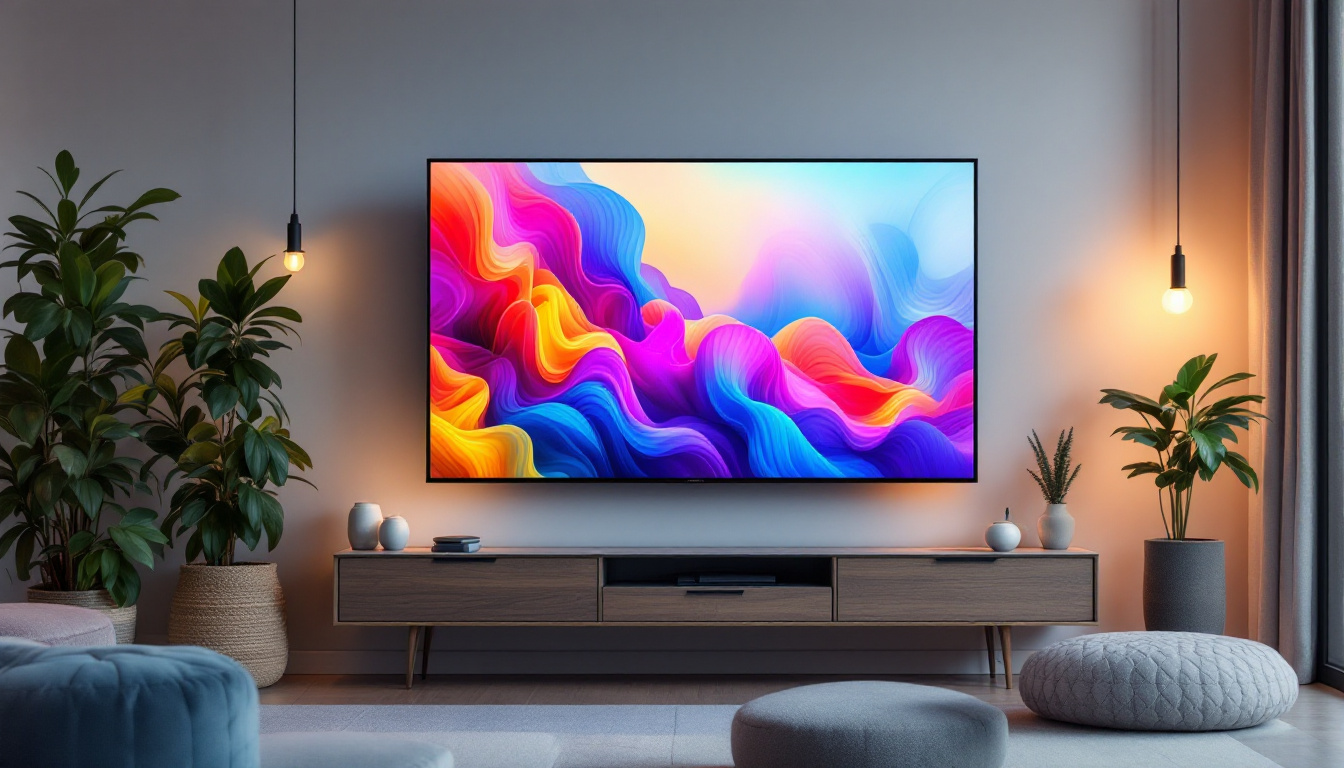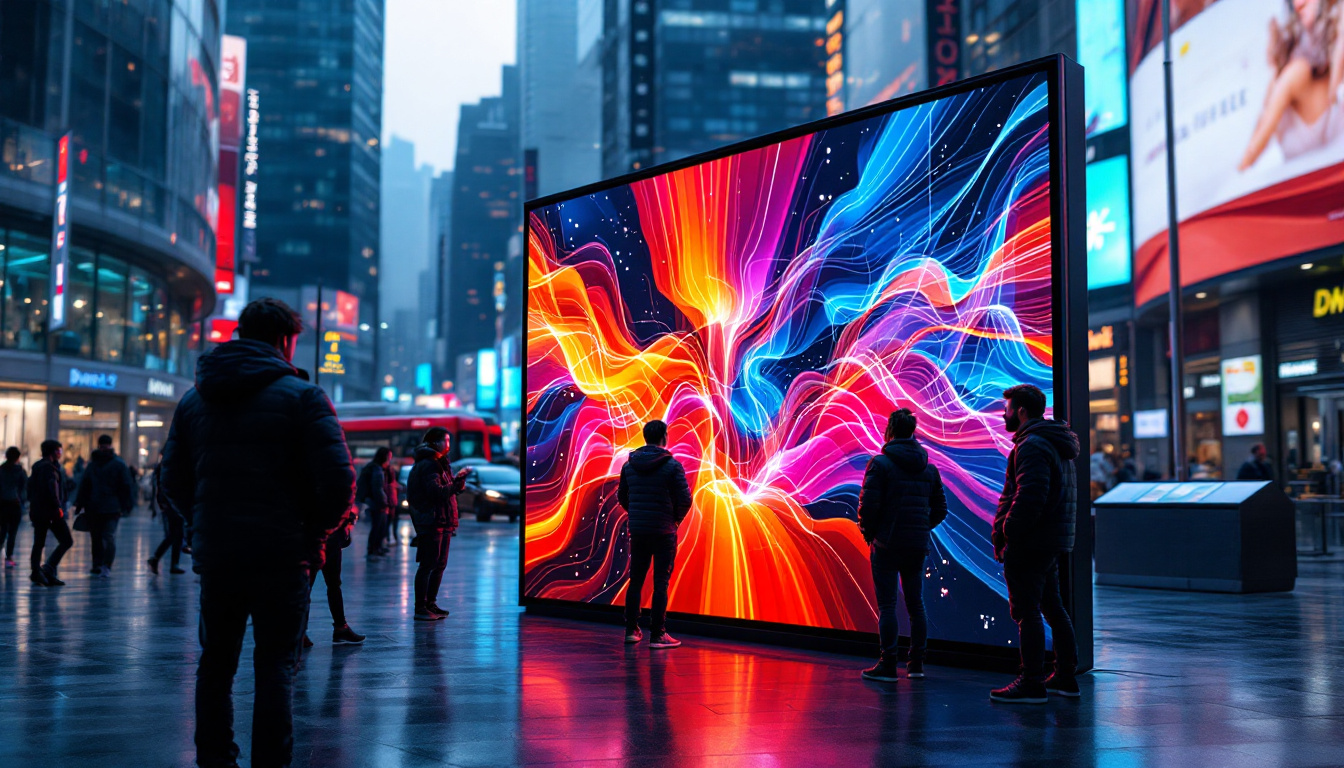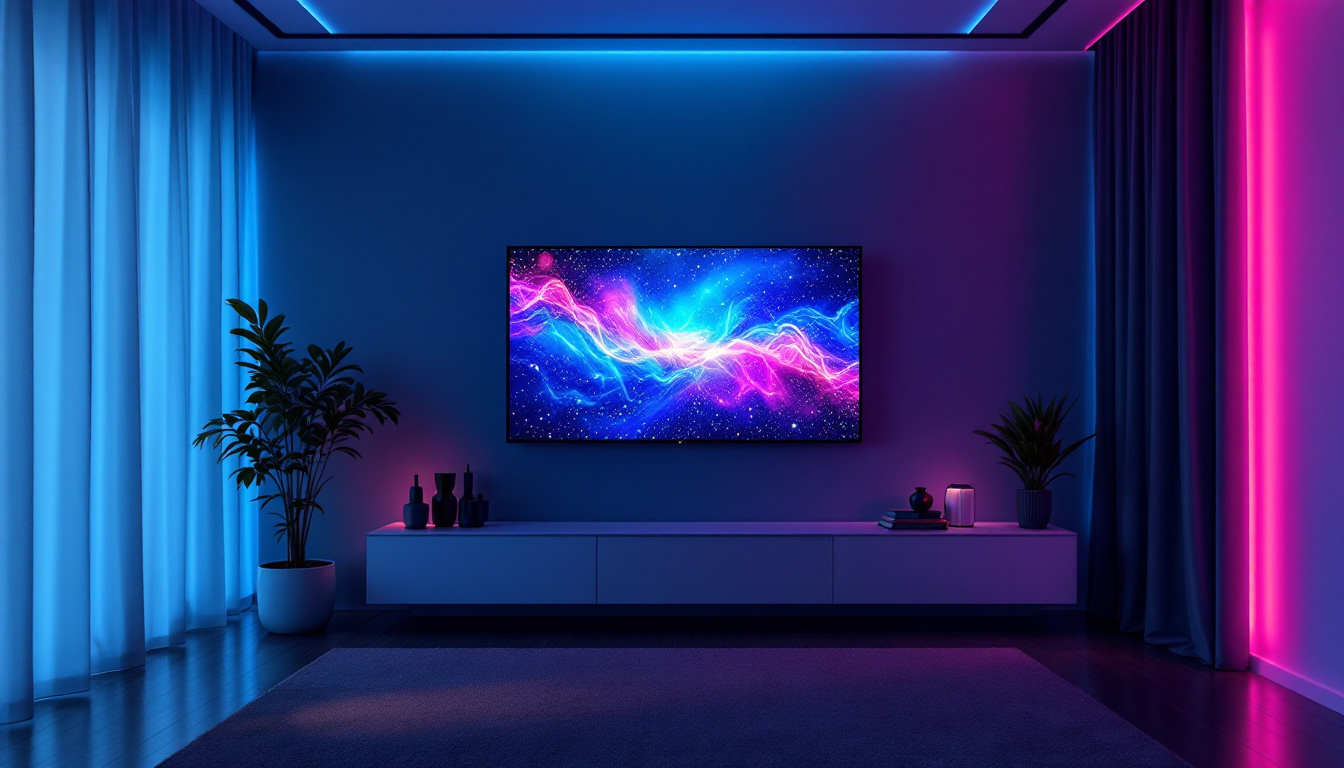In recent years, LED technology has transformed the way we interact with environments, blending digital innovation with physical spaces. Among the most captivating advancements are LED interactive floor tiles, which have revolutionized public spaces, retail environments, entertainment venues, and educational institutions. These dynamic floor systems combine vibrant LED displays with interactive sensors, creating immersive experiences that engage users in novel ways.
This article explores the technology behind LED interactive floor tiles, their applications, benefits, and future potential. Whether you are a business owner considering an innovative marketing tool, an event planner seeking memorable installations, or a technology enthusiast curious about the latest digital displays, this comprehensive guide will illuminate the world of LED interactive floor tiles.
Understanding LED Interactive Floor Tiles
What Are LED Interactive Floor Tiles?
LED interactive floor tiles are modular panels embedded with LED lights capable of displaying images, videos, and animations. These tiles are integrated with sensors—such as pressure sensors, motion detectors, or infrared sensors—that detect user interactions like footsteps, gestures, or proximity. When a person steps on or near a tile, the system responds by changing the displayed content, creating an engaging and responsive environment.
Unlike traditional static flooring, these tiles offer dynamic visual feedback, transforming floors into interactive canvases. The modular nature allows for customizable layouts, ranging from small installations to expansive digital floors covering hundreds of square meters. This versatility makes them ideal for various applications, including retail spaces, museums, entertainment venues, and even educational institutions, where the ability to engage users in a playful and informative manner can significantly enhance the overall experience.
How Do They Work?
The core components of LED interactive floor tiles include:
- LED Display Panels: High-resolution LED modules form the visible surface. These LEDs can produce millions of colors and support various brightness levels to ensure visibility in diverse lighting conditions.
- Sensor Array: Sensors embedded beneath or within the tiles detect user movements. Common sensor types include capacitive touch, pressure-sensitive mats, infrared motion detectors, and ultrasonic sensors.
- Control System: A central processing unit interprets sensor data and controls the LED display accordingly. Advanced software platforms enable real-time content management, interactive programming, and integration with external systems.
- Connectivity: Tiles are networked together, often via wired or wireless connections, allowing synchronized content display and coordinated interactivity across the entire floor.
When a user steps onto the floor, the sensors relay the position and movement data to the control system. The software then triggers specific visual effects—such as ripples, animations, or games—on the corresponding tiles. This seamless interaction creates an immersive experience that reacts instantly to human presence. Additionally, these tiles can be programmed for various scenarios, such as educational games that teach children about colors and shapes, or marketing displays that promote products in a retail environment, making them a powerful tool for both learning and engagement.
Beyond entertainment and education, LED interactive floor tiles are also being explored for their potential in health and wellness applications. For instance, they can be used in rehabilitation settings, where patients can engage in physical therapy exercises that are both fun and motivating. The tiles can display pathways or targets that encourage movement, helping individuals improve their mobility while enjoying the interactive experience. This innovative use of technology not only enhances physical activity but also fosters a sense of accomplishment and joy in the process.
Applications of LED Interactive Floor Tiles
Retail and Advertising
Retailers increasingly use LED interactive floor tiles to attract and engage customers. Interactive floors can guide shoppers through stores, highlight promotions, or provide entertaining distractions that increase dwell time. For example, a clothing store might use floor tiles that display changing patterns or brand logos when customers walk by, enhancing brand awareness and customer experience.
According to a 2023 study by the Digital Signage Federation, interactive digital signage, including floor tiles, can increase customer engagement by up to 30%, translating into higher sales and brand loyalty. The ability to customize content dynamically also allows retailers to tailor messages to specific demographics or times of day.
Entertainment and Events
Event organizers and entertainment venues leverage LED interactive floors to create memorable experiences. Dance floors that respond to movement with colorful patterns or games that encourage physical activity are popular at concerts, festivals, and nightclubs.
For instance, interactive floors have been used in theme parks to immerse visitors in story-driven environments, where stepping on certain tiles triggers sounds or visual effects related to the narrative. This multisensory engagement enhances visitor satisfaction and encourages social sharing, boosting event visibility.
Education and Museums
Educational institutions and museums utilize LED interactive floor tiles to foster learning through play and exploration. Interactive floors can display educational games, quizzes, or simulations that encourage children to move and learn simultaneously.
Studies in educational psychology suggest that kinesthetic learning—learning through physical activity—improves retention and comprehension, especially for young learners. Interactive floors provide an ideal platform for this, combining technology with physical engagement to support diverse learning styles.
Healthcare and Rehabilitation
In healthcare settings, LED interactive floors assist in physical therapy and rehabilitation. They provide visual feedback and motivation for patients performing exercises, helping track progress and making therapy more enjoyable.
For example, stroke patients can use interactive floor games that encourage balance, coordination, and mobility. The immediate feedback and gamification aspects increase patient compliance and improve outcomes, as reported in clinical trials published in the Journal of NeuroEngineering and Rehabilitation.
Technical Considerations and Installation
Durability and Safety
Given that these tiles are installed on floors, durability is paramount. LED interactive floor tiles are designed to withstand heavy foot traffic, impacts, and environmental factors such as moisture and temperature changes. High-quality tiles use tempered glass or acrylic surfaces that are slip-resistant and shatterproof to ensure user safety.
Compliance with safety standards, such as the International Electrotechnical Commission (IEC) guidelines and local building codes, is essential. Proper installation ensures the tiles are flush with surrounding flooring to prevent tripping hazards.
Power and Connectivity
LED interactive floors require a reliable power source and robust connectivity infrastructure. Power consumption varies depending on tile size, LED density, and brightness settings but is generally optimized for energy efficiency. Many systems incorporate power-saving modes that dim or turn off LEDs when the floor is not in use.
Connectivity options include Ethernet cables, Wi-Fi, or proprietary wireless protocols. For large installations, wired connections are preferred to ensure low latency and synchronization across all tiles. Integration with building management systems or external content platforms is also possible, enabling remote control and content updates.
Content Management and Software
The software controlling LED interactive floor tiles plays a crucial role in their effectiveness. Modern platforms offer user-friendly interfaces for designing and scheduling content, programming interactive responses, and monitoring system health.
Advanced systems support integration with third-party applications such as motion tracking cameras, sound systems, and mobile devices, allowing for multi-modal interactivity. Some solutions use artificial intelligence to adapt content based on user behavior patterns, enhancing personalization and engagement.
Benefits of LED Interactive Floor Tiles
Enhanced User Engagement
Interactive floors captivate users by providing immediate visual feedback linked to their movements. This active participation fosters deeper engagement compared to passive displays, making environments more memorable and enjoyable.
Businesses and institutions benefit from increased visitor interaction, which can translate into higher conversion rates, longer dwell times, and improved satisfaction scores.
Versatility and Customization
The modular design of LED floor tiles allows for flexible installation in various shapes and sizes. Content can be tailored to specific themes, events, or branding requirements, making these systems highly adaptable.
Seasonal campaigns, special events, or educational programs can be easily updated without physical changes to the floor, reducing costs and downtime.
Data Collection and Analytics
Many LED interactive floor systems incorporate analytics capabilities, tracking user movements and interactions anonymously. This data provides valuable insights into foot traffic patterns, popular content, and user preferences.
Organizations can leverage this information to optimize layouts, improve marketing strategies, and enhance overall user experience.
Challenges and Future Trends
Cost and Maintenance
The initial investment for LED interactive floor tiles can be significant, especially for large-scale installations. Costs include hardware, software, installation, and ongoing maintenance.
Maintenance involves regular cleaning, software updates, and occasional repairs to sensors or LEDs. However, technological advancements are steadily reducing costs and improving durability, making these systems more accessible.
Technological Innovations
Emerging technologies promise to enhance the capabilities of LED interactive floors. Developments in flexible LED materials may lead to more seamless and lightweight installations. Integration with augmented reality (AR) and virtual reality (VR) could create hybrid experiences that blend physical and digital worlds.
Artificial intelligence and machine learning will enable smarter content adaptation, predicting user behavior to deliver personalized interactions. Additionally, advancements in energy-efficient LEDs and wireless power transmission may further improve sustainability and ease of installation.
Environmental Impact
As sustainability becomes a priority, manufacturers are focusing on eco-friendly materials and energy-saving designs. LED technology is inherently more energy-efficient than traditional lighting, but responsible sourcing and recycling of components remain critical.
Interactive floor tiles also encourage physical activity, promoting healthier lifestyles, which aligns with broader societal goals of wellness and environmental consciousness.
Conclusion
LED interactive floor tiles represent a fascinating convergence of technology, design, and human interaction. Their ability to transform ordinary floors into dynamic, engaging surfaces opens new possibilities across retail, entertainment, education, and healthcare sectors.
As costs decrease and technology advances, these systems are poised to become more widespread, offering innovative ways to connect with audiences and enhance environments. Understanding the technology, applications, and considerations involved is essential for anyone looking to leverage this exciting digital medium.
Whether used to captivate shoppers, entertain guests, educate children, or assist patients, LED interactive floor tiles are reshaping how we experience the spaces beneath our feet.
Discover LumenMatrix’s Innovative LED Solutions
Ready to elevate your space with the interactive magic of LED floor tiles? LumenMatrix, a pioneer in LED display technology, invites you to explore a world where your floors come alive with light and motion. From captivating retail experiences to educational and healthcare applications, our extensive range of LED solutions—including Floor LED Displays—is designed to transform your environment and engage your audience like never before. Check out LumenMatrix LED Display Solutions today and step into the future of interactive digital media.

